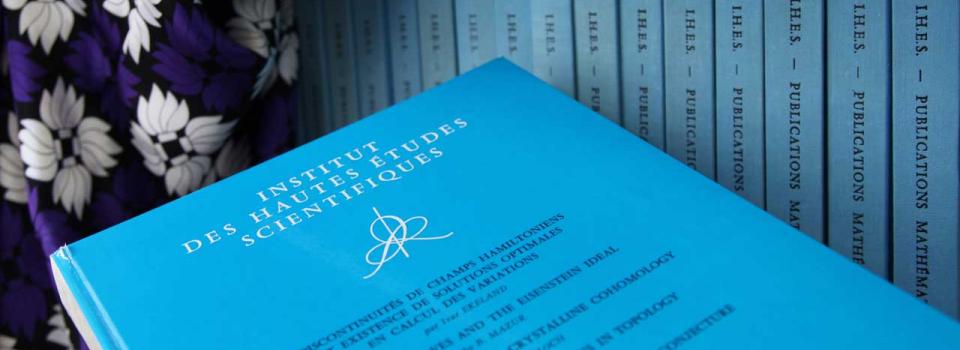
The seminar is sponsored by NYU-ECNU Institute of Mathematical Sciences at NYU Shanghai.
Abstract:
In this talk, I will talk about the work of my PhD thesis, which is about the modeling and numerical simulations for the interfacial flows on microfluidic devices. If time allows, I will also present some of my recent work, including study the highly viscous liquid jet pinching phenomenon under heating and developing high-order or conservative finite difference method for solving nonlinear PDEs.
Recently, digital microfluidic devices have been used to perform biomedical testing by manipulating droplets motion. In this talk, I focus on two types of these devices. The first one is electrowetting on dielectric device (EWOD), which is one of the most promising techniques for manipulating droplets surrounded by air or oil. In this case, drops can be moved, split or merged by applying an external electric field. For this type of device, I set up two dynamic models for studying the droplet motion, one model for studying the droplet splitting process on a parallel plate EWOD, the other for studying the droplet contact line dynamics under electrowetting actuation. Another type of device uses the chemical properties of the device surface to induce droplet formation, which has a great application in DNA diagnosis. Using a parallel-plate device with circular hydrophilic patches, liquid bridges can be formed simultaneously so that many chemical tests can be done in parallel. A static approach for the droplet equilibrium behaviors on this device has been proposed in a previous reference. However, liquid bridges formation process is a dynamic process, a more accurate dynamic model must be presented in order to capture the dynamic behaviors, I set up a dynamic model for liquid bridges formation process on this type of devices. From mathematical point of view, the models all involve moving interface, numerical simulations will be the main tool for studying these problems. Level set method is used to capture the evolution of the interfaces and the immersed boundary formulation and/or ghost fluid method are used for solving the interfacial flow equations. Since the standard level set method has some drawbacks, i.e., mass is not preserved, I used the constrained level set method by introducing constraints on the level set equations.
Biography:
Dr. Dongdong is Assistant Professor in School of Aerospace Engineering and Applied Mechanics, Tongji University. He did a three year graduate study at Department of Mathematics in Fudan University from 2006 to 2009, he received PhD in Applied Mathematics under supervision of Prof. Huaxiong Huang at York University (Canada) in 2012. Before joining the Mechanical Department of Tongji University, he worked as a postdoc at Math Department in City University of Hong Kong, his postdoc advisor is Prof. Jonathan, Wylie. Dr. He's research interest includes Mathematical Modeling, Computational Fluid Mechanics, Asymptotic Analysis and Numerical Methods for PDEs. He has published about 10 journal papers, which includes Physical Review E, Communications in Computational Physics, Nonlinear Dynamics, Applied Mathematical Modelling, Numerical Algorithms and etc.


